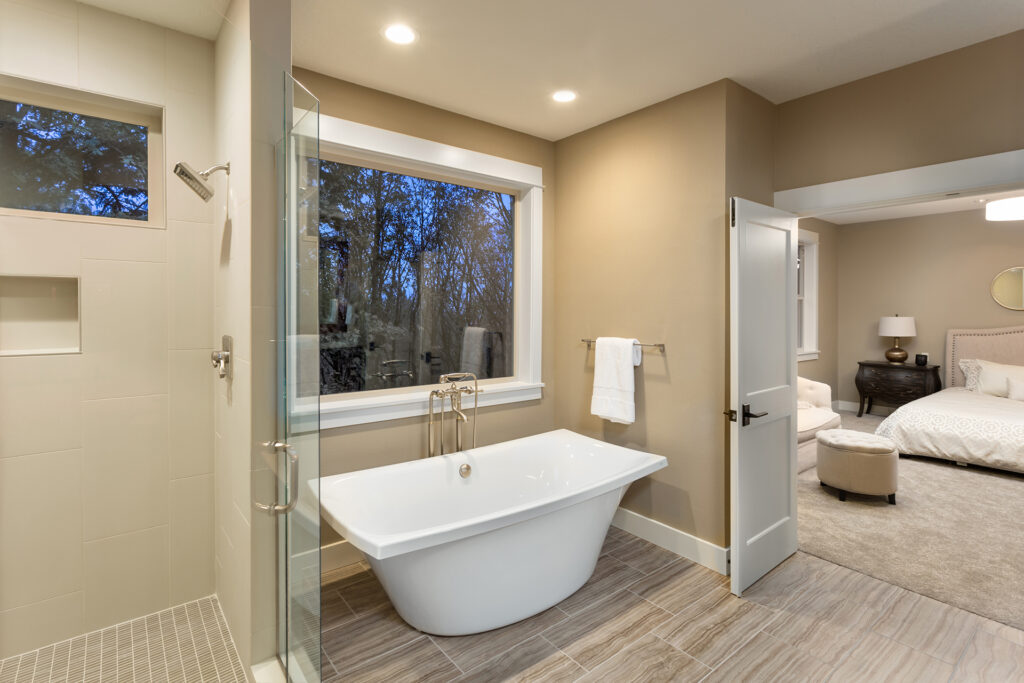Tenant improvements, often abbreviated as TIs, play a pivotal role in transforming commercial spaces to meet the evolving needs of tenants. Whether it’s optimizing functionality, enhancing aesthetics, or accommodating specific requirements, tenant improvements are essential for creating environments that support businesses and inspire productivity. In this blog, we’ll delve into the world of tenant improvements, exploring what they entail, why they matter, and how they can elevate the overall appeal and functionality of commercial properties.
Understanding Tenant Improvements: Tenant improvements refer to alterations, modifications, or enhancements made to commercial real estate spaces to suit the needs of incoming tenants. These improvements can vary widely depending on factors such as the type of business, industry regulations, and the preferences of both landlords and tenants. Common examples of tenant improvements include interior renovations, partitioning of space, installation of fixtures and equipment, and upgrades to electrical, plumbing, and HVAC systems.

The Importance of Tenant Improvements:
- Tailored Solutions: Tenant improvements allow landlords and tenants to customize commercial spaces to align with specific business requirements and preferences. Whether it’s creating open-concept office layouts, installing specialized equipment for medical practices, or optimizing retail storefronts for maximum visibility, TIs ensure that spaces are tailored to meet the unique needs of tenants.
- Attracting Tenants: In today’s competitive commercial real estate market, tenant improvements can serve as a valuable incentive for attracting and retaining tenants. By offering the flexibility to customize and adapt spaces to suit their business operations, landlords can appeal to a broader range of prospective tenants and differentiate their properties from competitors.
- Value Enhancement: Well-executed tenant improvements have the potential to enhance the overall value and desirability of commercial properties. Upgraded and modernized spaces not only command higher rental rates but also contribute to increased tenant satisfaction and retention, ultimately bolstering the long-term financial performance of the property.
- Compliance and Safety: Tenant improvements provide an opportunity to ensure that commercial spaces comply with building codes, safety regulations, and accessibility standards. From fire safety upgrades to ADA-compliant accessibility features, TIs help create environments that prioritize the well-being and security of occupants.
- Flexibility and Adaptability: As businesses evolve and grow, their spatial requirements may change. Tenant improvements offer flexibility and adaptability, allowing tenants to modify and reconfigure spaces as needed to accommodate shifting priorities, workforce expansions, or changes in operational workflows.
Executing Successful Tenant Improvements:
- Clear Communication: Effective communication between landlords, tenants, architects, contractors, and other stakeholders is essential for successful tenant improvements. Clear expectations, timelines, and budget parameters should be established from the outset to ensure a smooth and collaborative process.
- Thorough Planning and Design: Comprehensive planning and thoughtful design are critical for maximizing the impact of tenant improvements. This includes conducting thorough needs assessments, developing detailed architectural plans, and selecting materials and finishes that align with the aesthetic and functional objectives of the project.
- Quality Craftsmanship: Employing skilled contractors and tradespeople with experience in commercial construction is paramount for delivering high-quality tenant improvements. Attention to detail, adherence to industry best practices, and a commitment to craftsmanship are key factors in achieving superior results.
- Budget Management: Effective budget management is essential for keeping tenant improvement projects on track and within budgetary constraints. Regular cost tracking, value engineering, and proactive communication about budgetary changes are essential for minimizing unexpected expenses and ensuring financial transparency.
Conclusion: Tenant improvements represent an opportunity to transform commercial spaces into vibrant, functional, and tenant-friendly environments. By embracing customization, flexibility, and innovation, landlords can create spaces that not only meet the needs of today’s tenants but also anticipate the demands of tomorrow’s businesses. Whether it’s optimizing layouts, incorporating sustainable design features, or integrating cutting-edge technology, tenant improvements are instrumental in shaping the future of commercial real estate and fostering dynamic, thriving communities.


